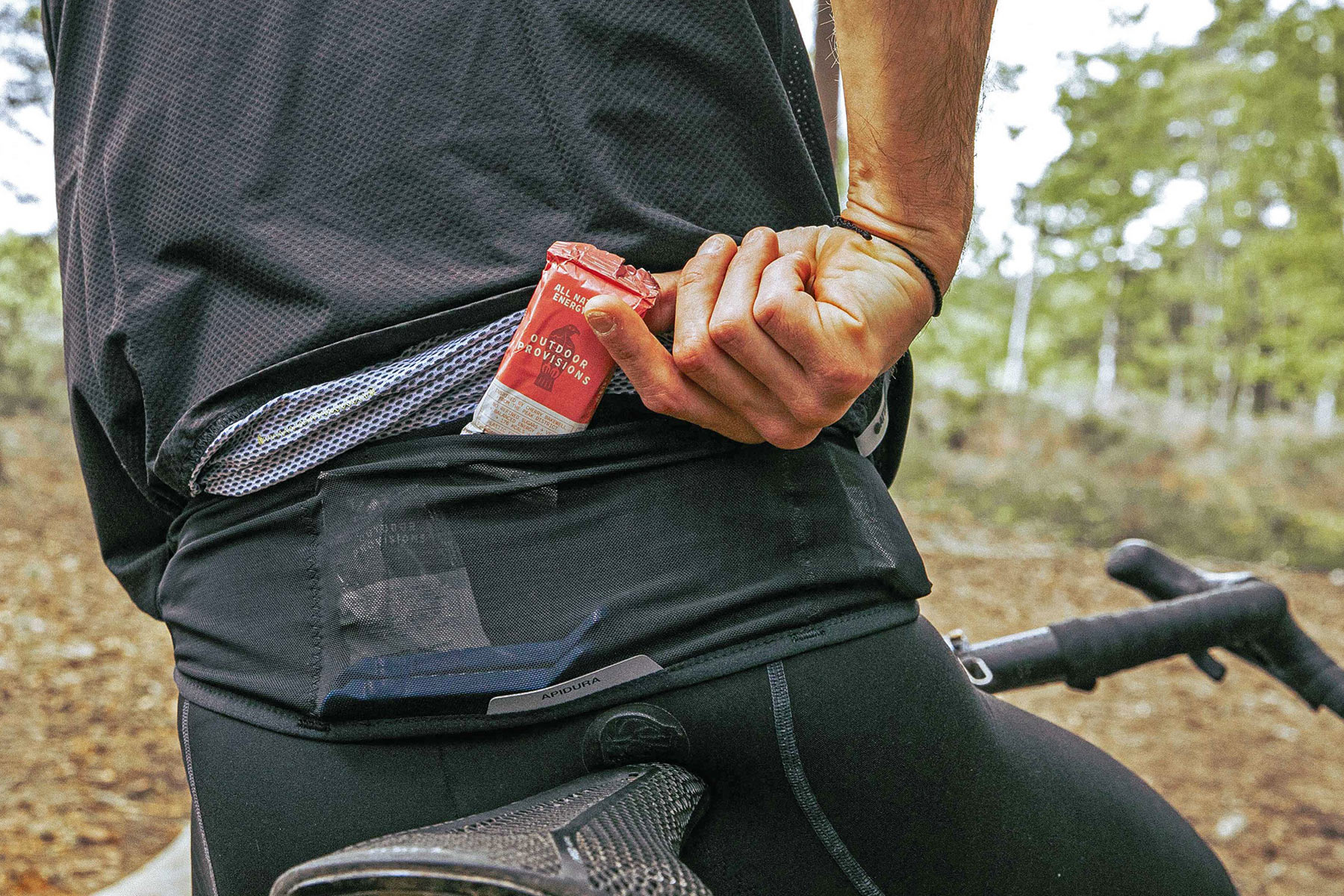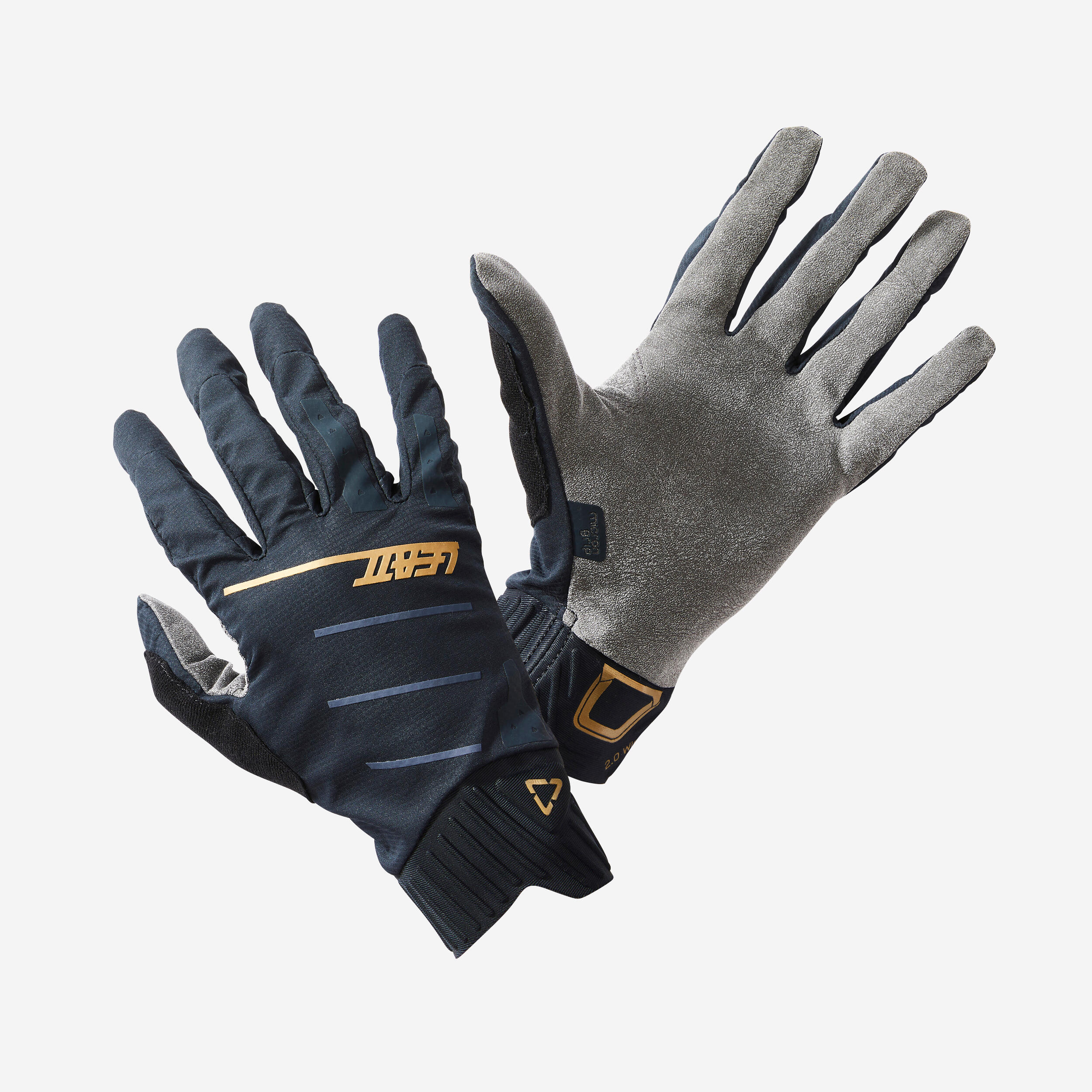What to Wear When Mountain Biking: A Guide to Essential Attire
Hitting the mountain biking trails requires proper attire that prioritizes comfort, protection, and breathability. When selecting clothing, opt for moisture-wicking fabrics that draw sweat away from the skin, keeping you dry and comfortable during intense rides. Long sleeves provide sun protection, while loose-fitting designs allow for optimal mobility and flexibility. By choosing the right clothing, you can maximize your performance and enjoyment on every mountain biking adventure.
Consider the weather conditions you’ll encounter and dress accordingly. Layering is key for adapting to changing temperatures. Start with a base layer that wicks away moisture, add a mid-layer for insulation, and top it off with an outer layer that protects against wind and rain. When riding in wet or muddy conditions, waterproof and breathable rain gear is essential. In extreme cold, thermal clothing and insulated layers will keep you warm and comfortable. Remember, selecting the right mountain biking attire is crucial for a safe, enjoyable, and successful ride.
Tops for Mountain Biking
When tackling mountain biking trails, choosing the right top is crucial for comfort, protection, and breathability. Moisture-wicking materials are essential, as they draw sweat away from the body, keeping you dry and comfortable during intense rides. Long sleeves can provide sun protection, especially during extended periods of exposure. Loose-fitting designs allow for unrestricted movement, ensuring you can maneuver effortlessly on technical trails. Synthetic fabrics are preferred over cotton, as they dry quickly and resist odor buildup, maintaining freshness even after a challenging ride.
Bottoms for Mountain Biking
When selecting bottoms for mountain biking, durability and flexibility are key. Opt for materials that can withstand the rigors of the sport, such as nylon or spandex blends. Breathable fabrics will help keep you comfortable during intense rides. Consider padded shorts to reduce saddle discomfort, especially for longer distances. Opt for bottoms that allow a full range of motion, allowing you to maneuver your bike with ease. Additionally, ensure a snug fit to minimize chafing and distractions.
Loose-fitting mountain biking bottoms provide greater mobility and ventilation. They allow for a wider range of movement, which is essential for navigating technical terrain and maintaining control of your bike. Additionally, loose-fitting bottoms help promote airflow, keeping you cool and comfortable during strenuous rides. When selecting loose-fitting bottoms for mountain biking, prioritize fabrics that are lightweight, breathable, and moisture-wicking to ensure both comfort and performance.
Essential Accessories for Mountain Biking
When embarking on a mountain biking adventure, essential accessories play a crucial role in ensuring safety and comfort. A sturdy helmet is paramount, safeguarding your head from potential impacts. Gloves provide protection for your hands, preventing blisters and abrasions. Eyewear, such as sunglasses or goggles, shield your eyes from the sun, dust, and other particles, enhancing visibility and protecting against eye strain.
Helmets should fit snugly, without being too tight or loose, and meet safety standards. Gloves should provide adequate grip and breathability. Eyewear should offer UV protection and be shatter-resistant. By incorporating these essential accessories into your mountain biking gear, you can increase your safety and enhance your riding experience.
How to Layer for Mountain Biking
Layering is key when it comes to mountain biking attire, as it allows you to adjust your clothing to changing weather conditions. Start with a moisture-wicking base layer to keep you dry and comfortable. Add a mid-layer, such as a long-sleeve jersey, for insulation and sun protection. Finally, wear a waterproof and breathable outer layer, such as a jacket, to protect yourself from rain and wind.
When dressing for mountain biking, it’s essential to consider the various weather conditions you may encounter. In cold weather, wear multiple layers to trap heat and protect yourself from the elements. If you’ll be riding in rain, opt for waterproof gear that will keep you dry. On hot days, choose lightweight, breathable clothing to keep you cool and comfortable.
Footwear for Mountain Biking
Choosing appropriate footwear is crucial for mountain biking. Specialized mountain biking shoes provide ankle support and stability, ensuring control and comfort on rough terrain. Their sturdy construction and grippy soles enhance traction, allowing for efficient pedaling and confident maneuvering. Consider investing in a pair of reputable mountain biking shoes to enhance your performance and safety.
When selecting footwear, factors such as durability and breathability should be considered. Look for shoes made of durable materials that can withstand the rigors of mountain biking, such as leather or synthetic fabrics. Additionally, opt for shoes with breathable mesh panels to promote air circulation and prevent excessive sweating.
Weather Considerations for Mountain Biking
Adapting clothing choices to different weather conditions is crucial for a comfortable and safe mountain biking experience. When riding in rainy conditions, consider wearing waterproof or water-resistant clothing to stay dry. For cold weather, layer up with insulating materials like fleece or merino wool to retain body heat. Conversely, in hot weather, opt for lightweight, breathable fabrics that allow for airflow and moisture wicking to keep you cool and comfortable. Always check weather forecasts and be prepared for changing conditions by packing additional layers or accessories as needed.
Additional Tips for Choosing Mountain Biking Clothing
Consider your personal preferences and comfort levels when selecting mountain biking clothing. Choose fabrics and styles that you feel comfortable in, allowing for unrestricted movement and breathability. Also, factor in the specific terrain and conditions you’ll be riding in. If you anticipate encountering rough trails or challenging weather, opt for more durable and weather-resistant gear. By tailoring your clothing choices to your individual needs and the riding environment, you’ll enhance your overall mountain biking experience.
Additionally, it’s essential to keep up with the latest advancements in mountain biking attire. Many leading brands continuously innovate and develop new fabrics and technologies that provide enhanced comfort, protection, and performance. Stay informed about these advancements to make informed choices and invest in clothing that will meet your evolving needs. Remember, the right attire can significantly contribute to your safety, enjoyment, and overall success on the trails.




